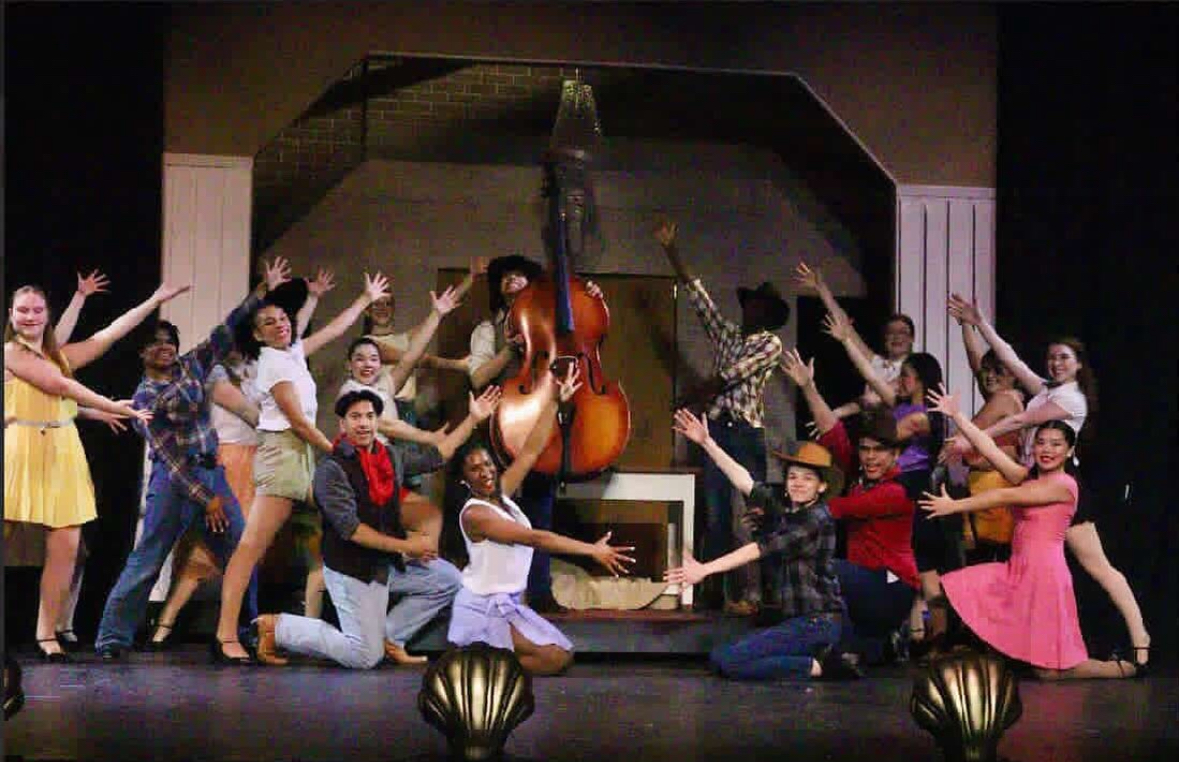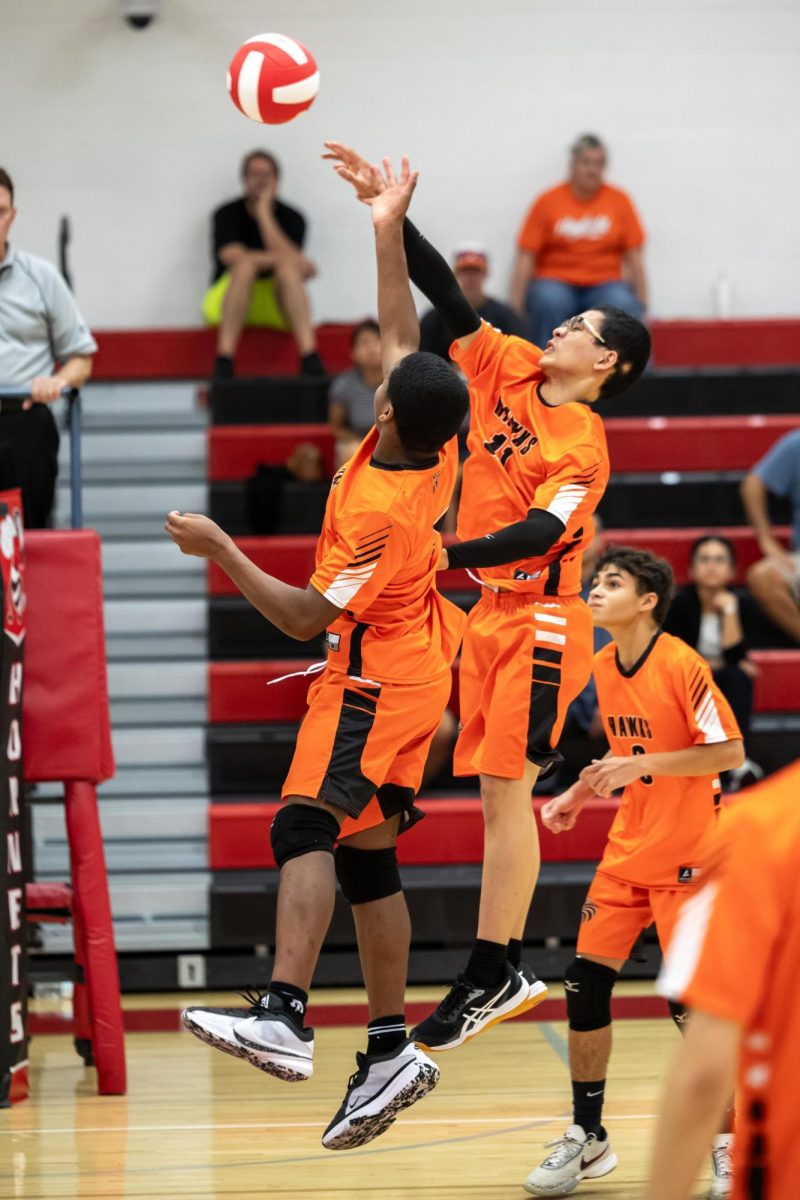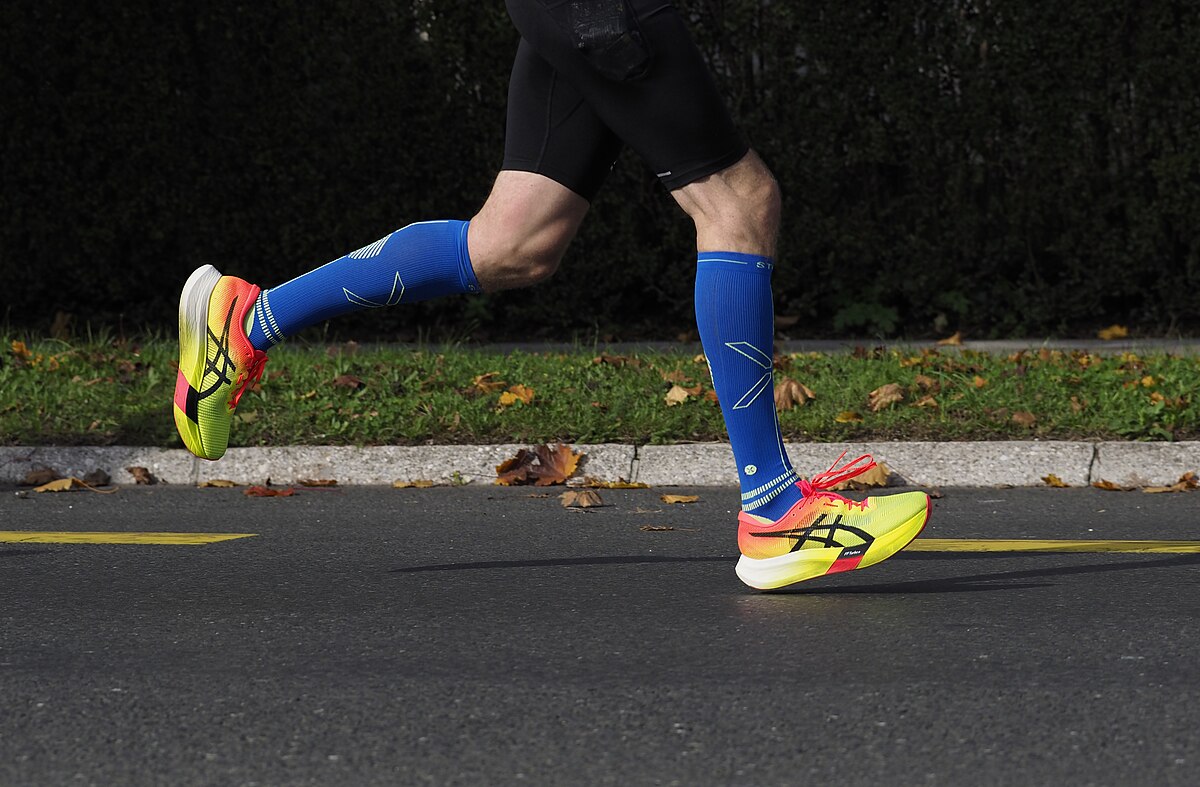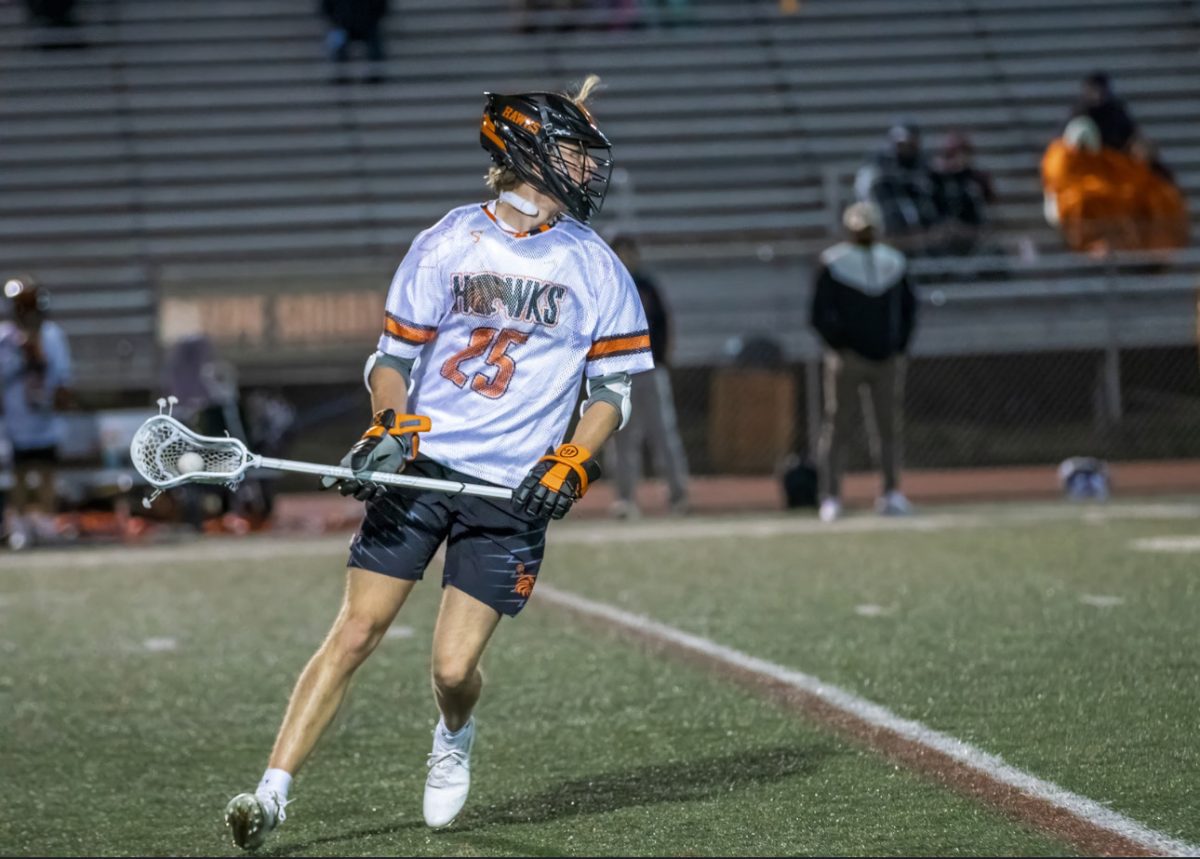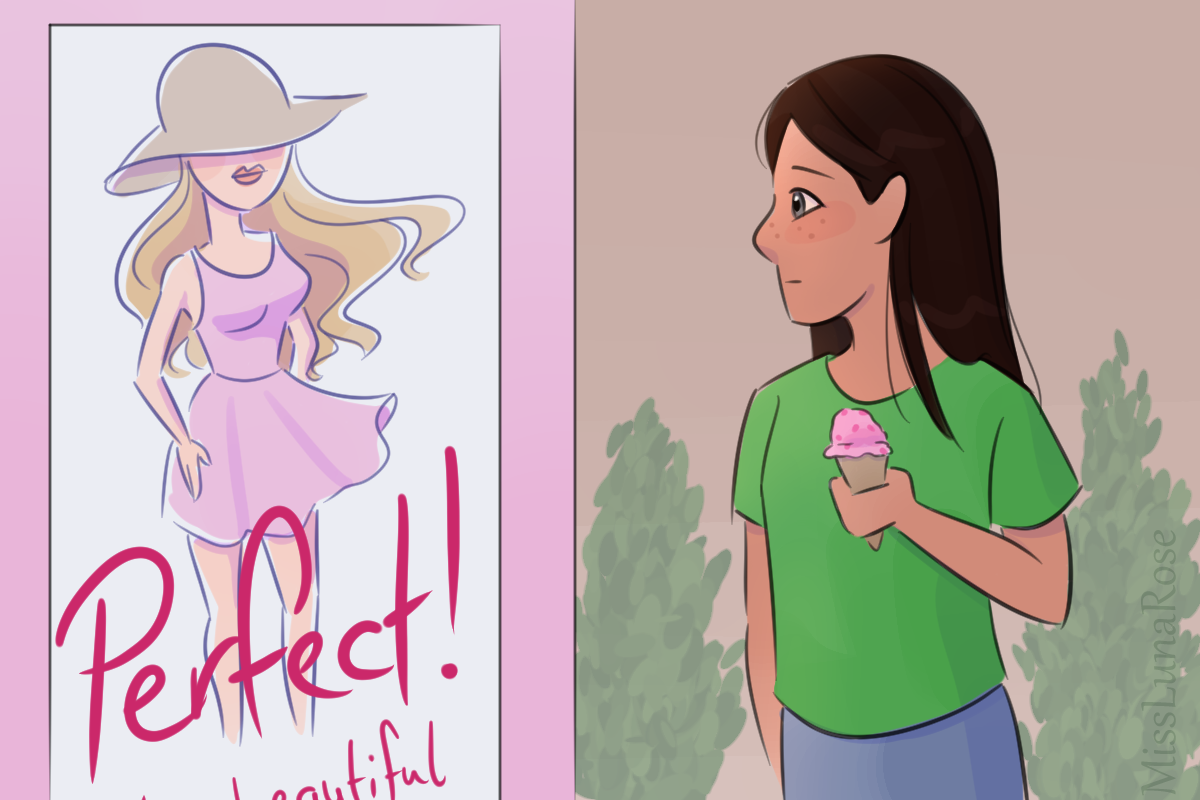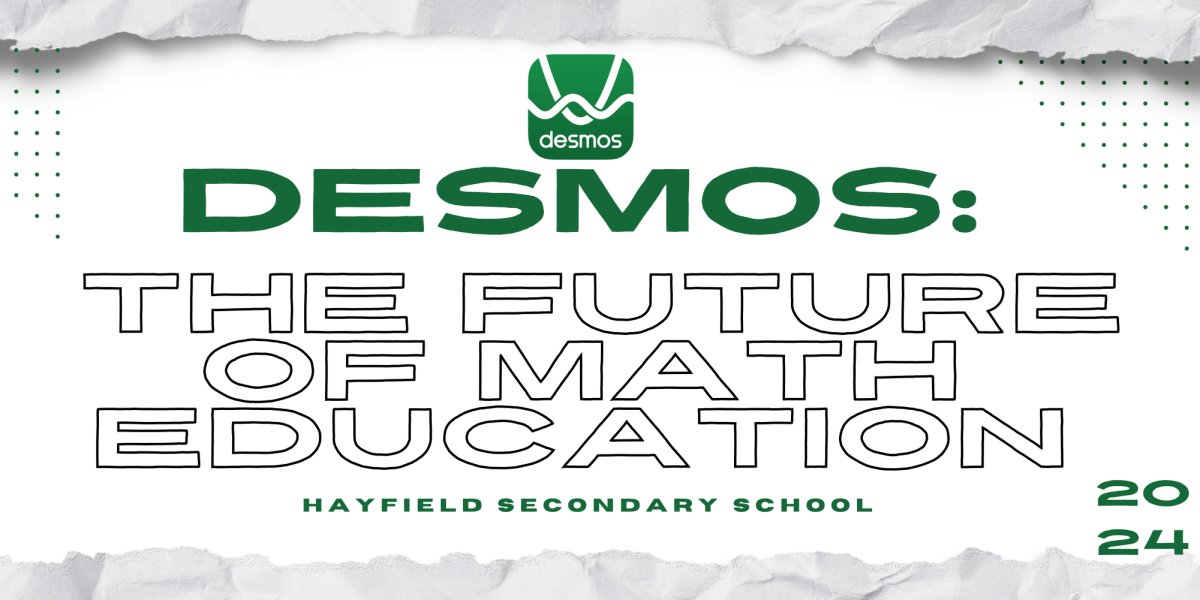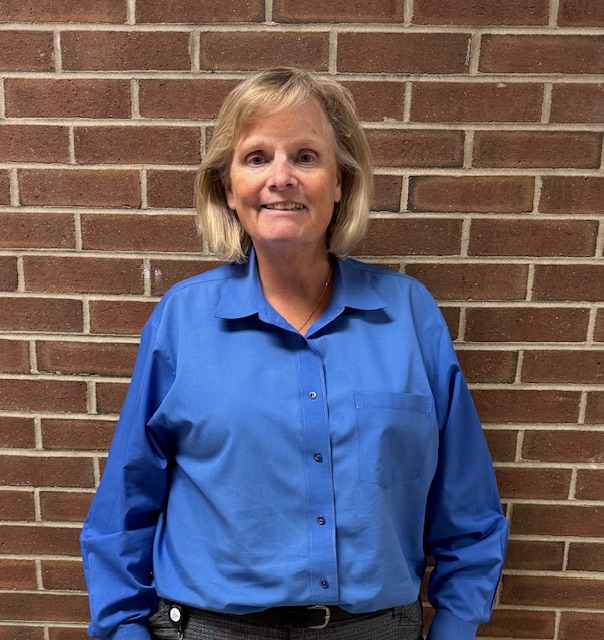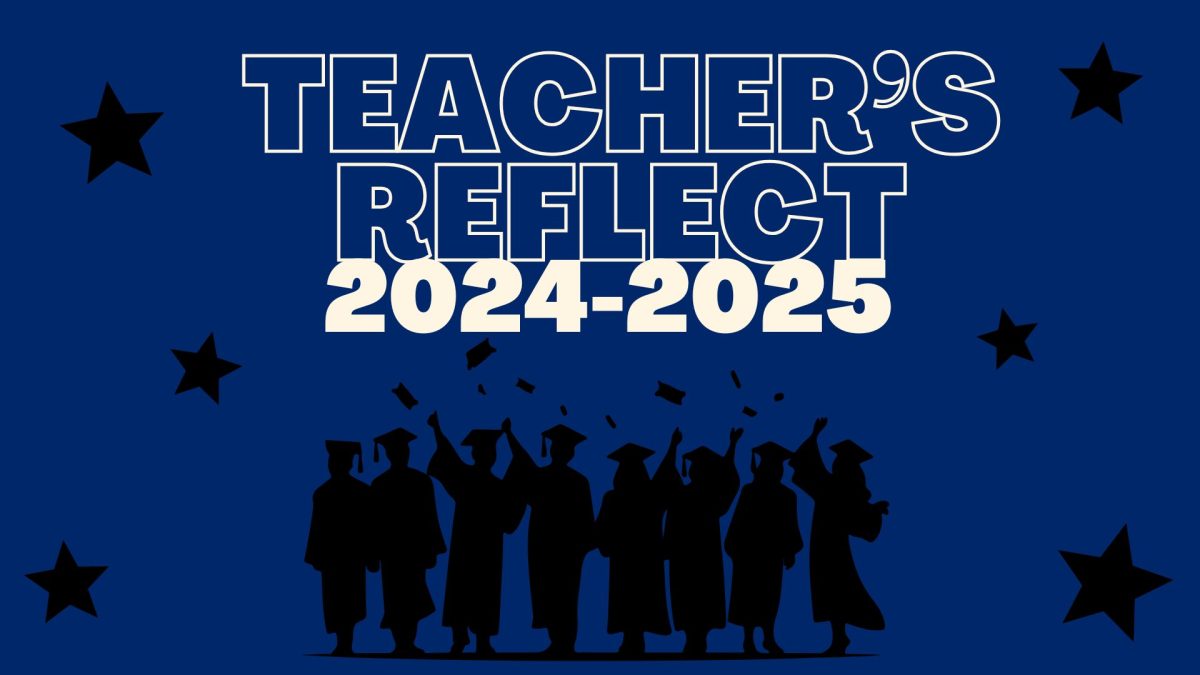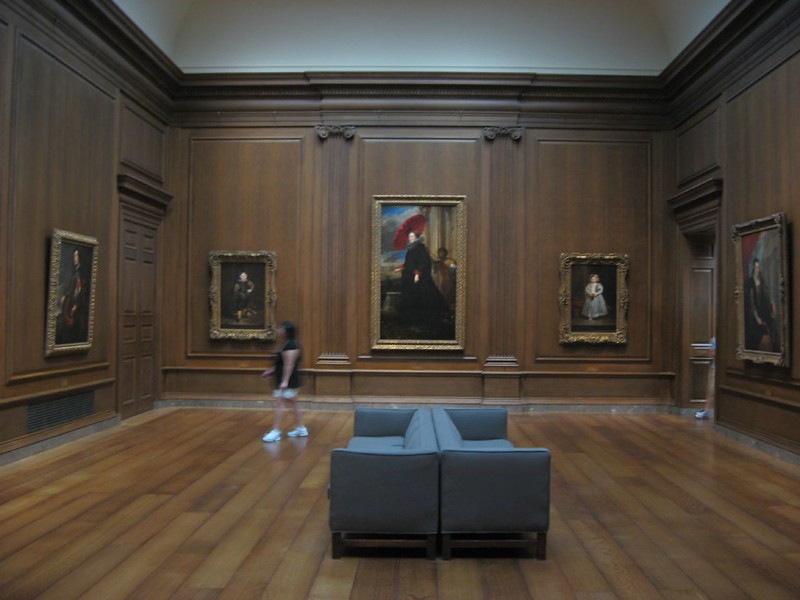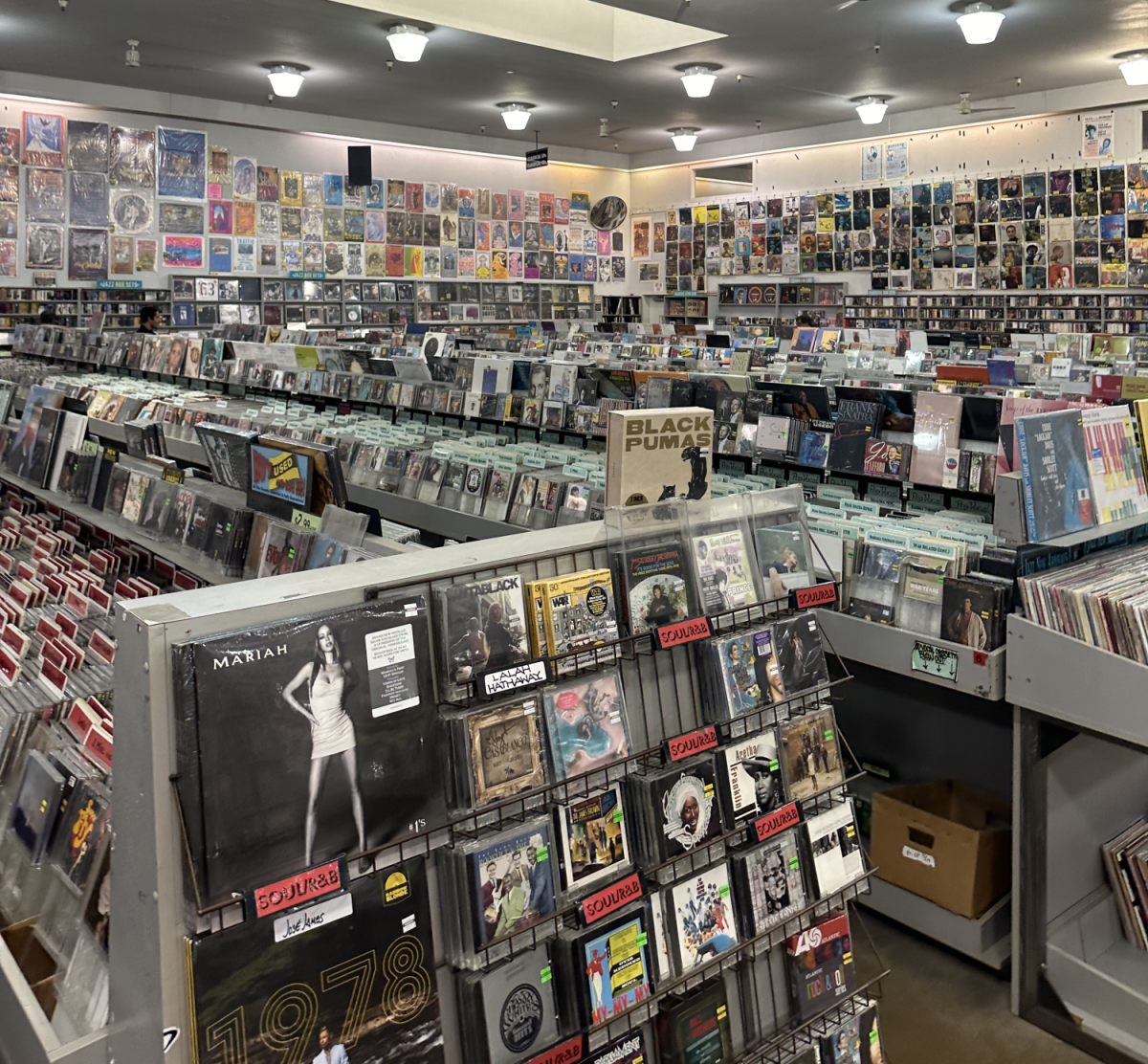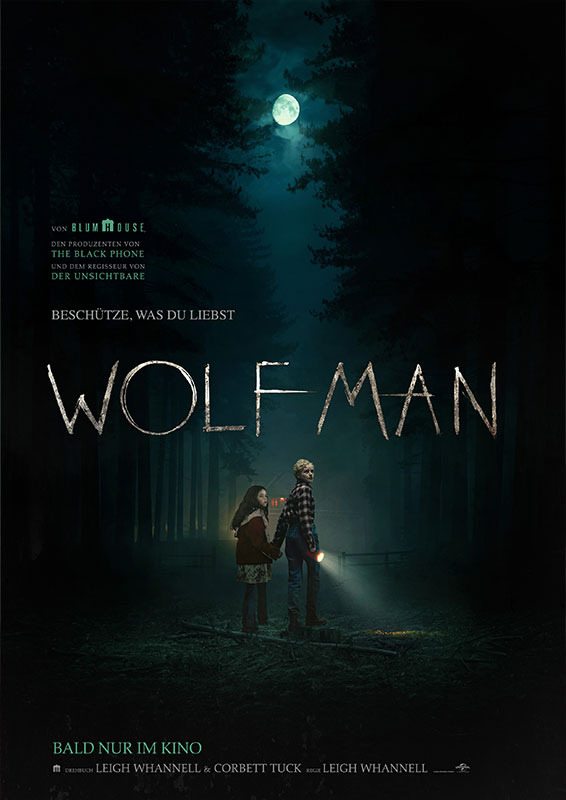As the school year progresses, students are discovering new ways to showcase their creativity, including a series of murals organized by the National Art Honor Society (NAHS). This year, students can anticipate vibrant and inspiring artwork that will brighten the hallways, reflecting the skills and commitment of our talented student artists. With several murals in development, NAHS is preparing for an exciting project that will not only highlight the school but also foster a sense of community through art. To find out more about their plans, I chatted with NAHS sponsor Mrs. Breton about their vision, process, and what to expect from this year’s murals.
This year, one of the key projects is a big mural on Orange Avenue, which is currently underway. There are also plans for murals in the library, but those are still in the early planning stages and probably won’t be finished until next year.
“From the initial idea to completion, it takes quite a while to finish a mural, so we’re most likely going to save those for next year,” Tressa Breton, NAHS sponsor, said.
Creating a mural is a detailed process that involves both creative ideas and careful planning.
“First, someone will approach us because they want to have a mural done,” Breton said.
“Then we start brainstorming within NAHS. . . we put out a prompt, we start sketches, and then we present the sketches to our patron. . . There’s a back-and-forth process until we arrive at a design that they like,” Breton said.
Once admins give the final design the green light, the painting can begin.
Since there’s only one painting day each week, the process takes a while.
“For the execution of the mural itself, we’re looking at about eight weeks just for painting,” Breton said. “For the concept and getting it approved takes another six weeks.”
The current mural, suggested last year, is being commissioned by the equity team. Creating large artwork presents its own set of challenges, especially when scaling up a small sketch to a large wall.
“The biggest thing to consider is you’re working on a much larger scale,” Breton said. “So you have to have some predictable way of transferring that image.”
NAHS is using a projector to help outline the design, but other methods, like chalk grids, can also work well. For anyone curious about creating murals, Mrs. Breton shared some helpful tips:
“If you’ve never done a mural before, try to avoid making it hyperrealistic. Go for something that’s a little bit more abstract or geometric that has large areas of uniform color, because it’s much easier to execute.” Breton said.
She also highlighted how crucial it is to plan ahead, particularly regarding color mixing and managing materials.
As NAHS moves forward with mural projects, students can look forward to a more lively and vibrant school atmosphere. These murals not only enhance the space but also represent a lasting legacy to student creativity and collaboration.




